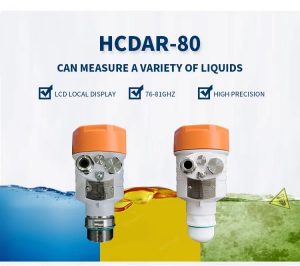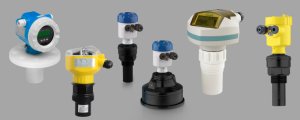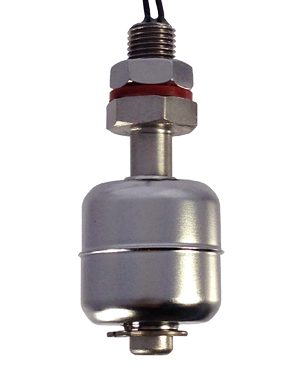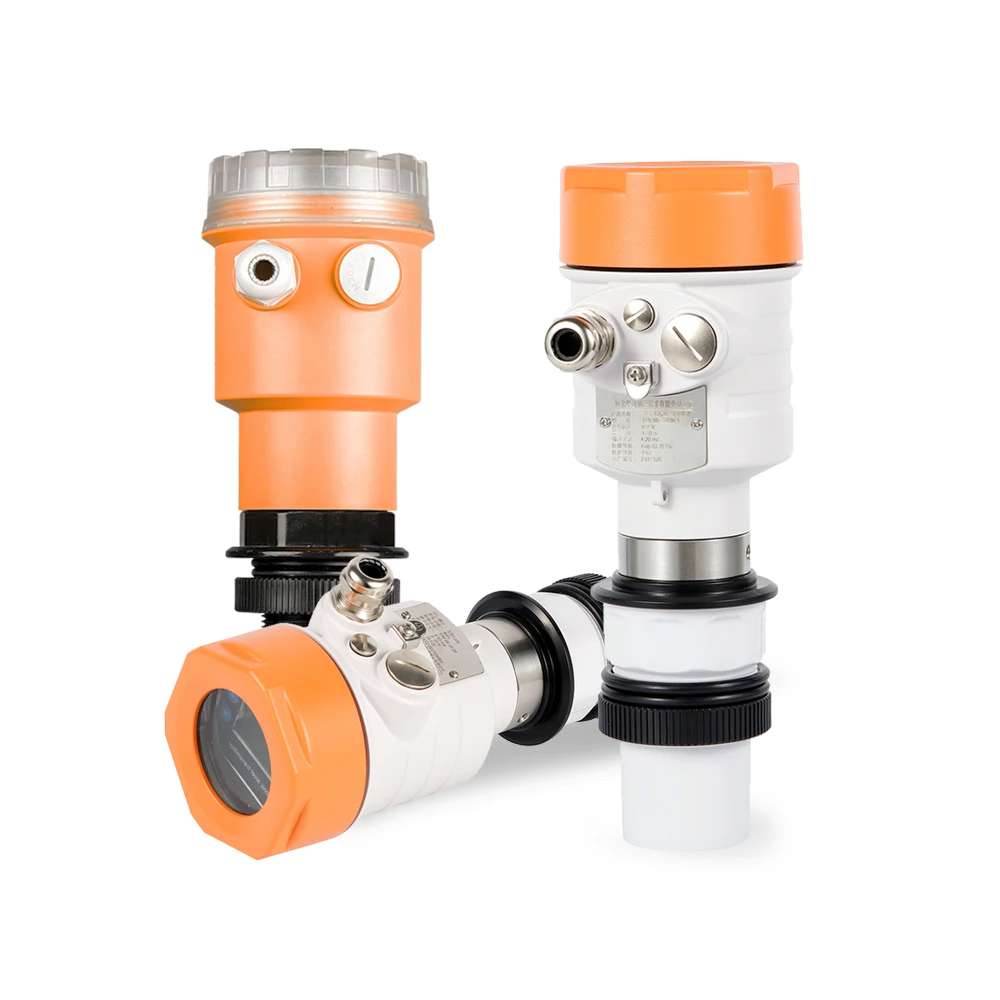Ultrasonic level sensor
Category: Sensors
Tags: level, sensors, ultrasonic
Description
Ultrasonic Level Sensor
An ultrasonic level sensor is a type of sensor used to measure the level or distance of a material (such as liquids, solids, or powders) within a container or space. It uses ultrasonic sound waves to determine the level by measuring the time it takes for the sound waves to travel to the surface of the material and bounce back.
How It Works:
- Transmission: The sensor emits high-frequency ultrasonic sound waves from a transducer.
- Reflection: These sound waves travel through the air and reflect off the surface of the material (e.g., liquid or solid).
- Time Measurement: The sensor measures the time taken for the sound waves to travel to the material’s surface and return.
- Level Calculation: Using the speed of sound and the measured time, the sensor calculates the distance to the material’s surface, thus determining the level.
Key Features:
- Non-contact measurement: Since the sensor uses sound waves, it doesn’t require physical contact with the material being measured, which is ideal for hazardous or hard-to-reach applications.
- Versatile: Can measure liquid levels, solid material levels, and even detect presence or absence of material.
- Accuracy: Ultrasonic sensors can provide high accuracy depending on the range, material, and environmental conditions.
Guaranteed Premium Quality: ENGINEERIC
If you get the product from us, it is guaranteed you will get the premium-quality product
Applications of Ultrasonic Level Sensor :
- Tank level measurement: Used in industrial applications to monitor the level of liquids or solids in tanks.
- Flow monitoring: Can be used in conjunction with flow meters to ensure proper fluid flow in pipelines.
- Inventory management: Used in storage facilities to monitor the remaining materials.
- Water level monitoring: Used in waste treatment plants or reservoirs to track water levels.
Advantages:
- No moving parts: Ultrasonic sensors are less likely to wear out compared to mechanical sensors.
- Wide measurement range: They can measure both short and long distances effectively.
- Low maintenance: Since there is no contact with the material, these sensors are less prone to damage and need minimal upkeep.
Limitations:
- Environmental interference: Factors like temperature, humidity, and air pressure can affect the speed of sound and potentially reduce measurement accuracy.
- Surface condition: Very turbulent or foamy surfaces might scatter sound waves, affecting the sensor’s ability to accurately measure the distance.
Ultrasonic level sensors are commonly used in industries like oil and gas, water treatment, food and beverage, and chemical processing.…



Related products
-
Sale!

Stainless Steel Low Level Sensor
Add to cart₨2,500.00Original price was: ₨2,500.00.₨2,000.00Current price is: ₨2,000.00.
